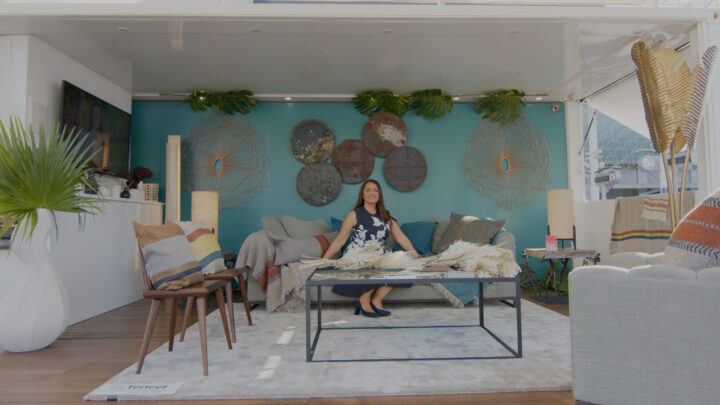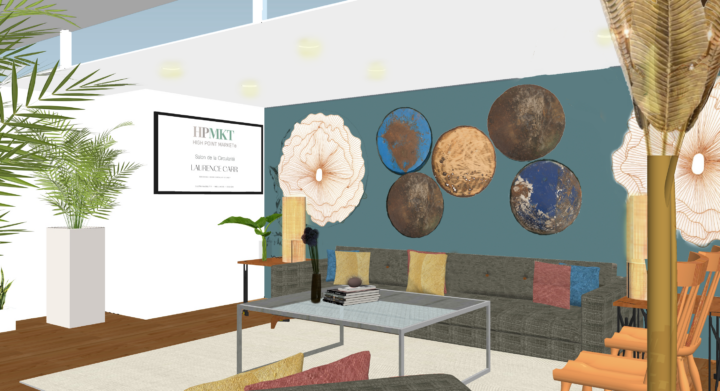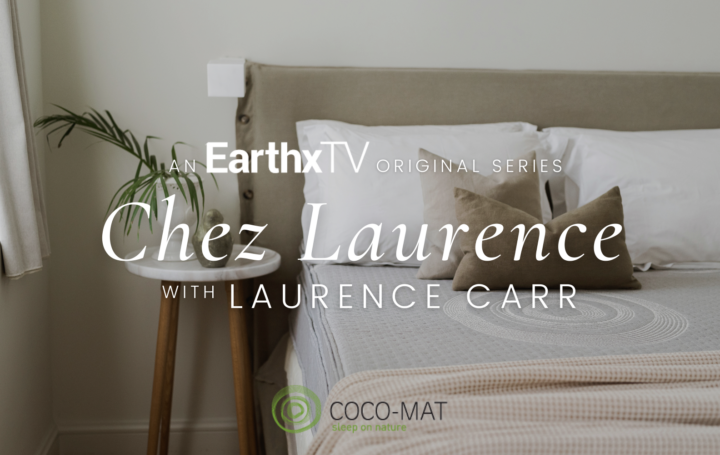
For those who have traversed beaches in the past ten years, is impossible to deny the impact human behavior is having on our blue planet. I remember jumping and playing on the shore as a child, running my hands through seaweed to find shells and the occasional piece of sea glass. Now, the seaweed that washes up is rife with micro-plastics—it’s a tangle of junk held together by remnants sea meadow. This shouldn’t surprise us, but it should alarm us. Surfer Today reminds us of some startling facts:
Planet Earth has now around 500 “dead zones,” the equivalent to the territory of the United Kingdom.
There are more microplastics in our oceans than stars in the Milky Way.
40,000 tons of plastics are currently floating on the ocean’s’ surface
Most of the ocean plastic waste can be found in the five subtropical gyres – Indian Ocean, North Atlantic Ocean, South Atlantic Ocean, North Pacific Ocean and South Pacific Ocean

But it’s not just plastics we need to be aware of. Invisible toxins cause just as much damage, if not more to the oceans, and can even make their way into drinking water thanks to seepage and runoff. These include Arsenic, Disinfectant By Products, VOCs, and more. Traditionally, the design industry is a heavy-contributor of water pollutants. Although steps have been taken, even more can be done. Here are the top ways our industry contributes and how we may increase efforts to reduce the negative impact we have on our precious oceans and our dwindling water supply.
Paint is a known problem in the design world, leaching VOCs into our environment. As we apply paint to walls, wash our brushes, and subsequently dispose of extra paint, our environment takes a hit thanks to the introduction of harmful chemicals. These chemicals can make their way into the sea in coastal communities and find their way into drinking water in other communities thanks to runoff and leaching. But that’s not all. Some may believe that paint’s harmful effects begin and end in the application and drying process, but that’s simply not true. Although the front end of the process is chemical-heavy, paint continues to give off fumes well into its lifetime. Non-toxic paint is a must and will make a positive impact. We love Farrow & Ball, but also recommend the lovely hues found at The Real Milk Paint Co. and Ecos Paints.
The arsenic, mercury, nickel and lead found in today’s textile dyes are a far cry from the flower petals and minerals used for dye in ancient times. Now, dye is one of the leading causes of water pollution. In places like India where both large factories and smaller factories exist, all attempting to meet the demand for new, vibrant colors, regulation of chemical output is either non-existent or not enforced. This means we often see untreated water pumped right back into surface water sources, often filled with chemicals leached from dyes. If we hope to reverse this, our only hope is to support sustainable, green practices across the board. Although this is important for the individual, designers working with hospitality chains can hope to make the biggest impact. Eagle Fabrics offers vibrant options in large quantities, perfect for large-scale projects, supporting only the most responsible, natural dyeing processes.


The textile industry alone cycles (and pollutes) trillions of of gallons of water annually. Yes, trillions. According to the Natural Resources Defence Council (NDRC), “Textile mills generate one-fifth of the world’s industrial water pollution and use 20,000 chemicals, many of them carcinogenic, to make clothes. Chinese textile factories alone produce about three billion tons of soot—air pollution linked to respiratory and heart disease—every year by burning coal for energy.” The NDRC in partnership with major retailers is doing its part to help forward the cause of sustainability, but, as designers, we can take things a step further. When sourcing for projects, we love sustainable, ethically-sourced bedding by Threaded, irresistibly soft comforters by Buffy, made from recycled materials with a fraction of the water typically used to fabricate the typical down comforter, and rugs by The Citizenry.
Simply paying closer attention to these three areas when sourcing for projects can make a world of difference. After all, as we tackle big-budget projects, we hold the key to thousands of dollars that can support green practices and improve the health and wellness of our clients. As we work together toward removing these harmful chemicals from our environment, we have to be careful to protect ourselves, and our clients, from harm. When taking bathroom and kitchen fixtures into consideration, be sure to keep toxins top-of-mind. Measure all faucets and water spouts against the important standards set by WELL. With hardward that meet these standards, exposure to harmful chemicals will be greatly reduced.
Today, let’s commit to making these small changes, and to living with our eyes open. Together, once we make a promise to improve things, we will make quick, wide strides toward preserving our blue planet. I guarantee it.







